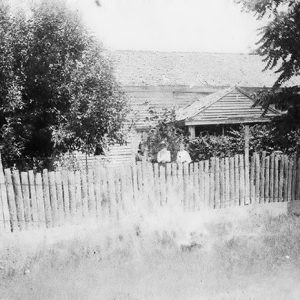 Rowland-Lenz House
Rowland-Lenz House
Time Period: Post-Reconstruction through the Gilded Age (1875 - 1900)
 Rowland-Lenz House
Rowland-Lenz House
Rufus Buck Gang
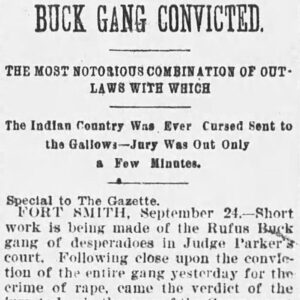 Rufus Buck Gang Conviction Story
Rufus Buck Gang Conviction Story
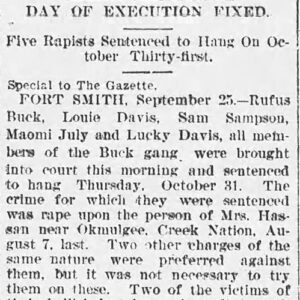 Rufus Buck Gang Execution Story
Rufus Buck Gang Execution Story
 Rufus Buck Gang Sentencing Story
Rufus Buck Gang Sentencing Story
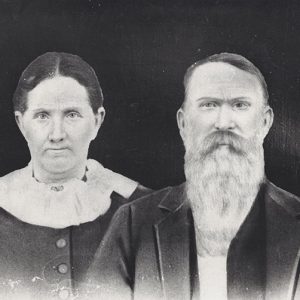 Ephraim and Barsheba Rushing
Ephraim and Barsheba Rushing
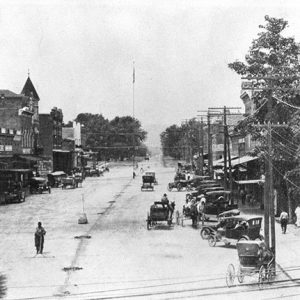 Russellville Street Scene
Russellville Street Scene
 Russian Legation
Russian Legation
Rutherford, James
 Abraham Ryan Article
Abraham Ryan Article
 Father Matthew Saettele
Father Matthew Saettele
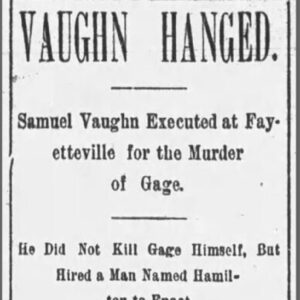 Sam Vaughn Execution Story
Sam Vaughn Execution Story
Sandels, Monti H.
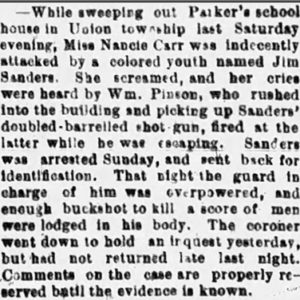 Sanders Lynching Article
Sanders Lynching Article
Sanders, Jim (Lynching of)
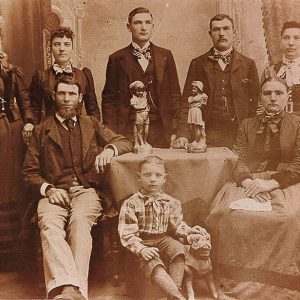 Schilberg Family
Schilberg Family
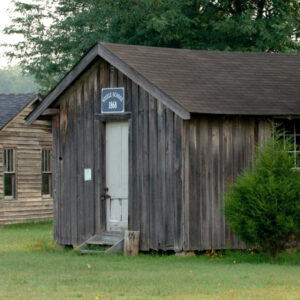 School House
School House
 School House Interior
School House Interior
Scruggs, David (Lynching of)
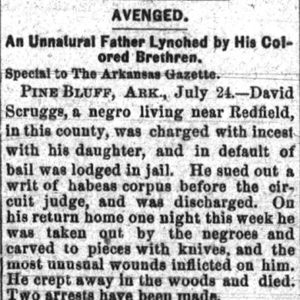 David Scruggs Lynching Article
David Scruggs Lynching Article
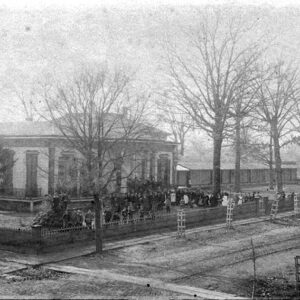 Searcy College
Searcy College
Searcy County Courthouse
Sees, Willis (Lynching of)
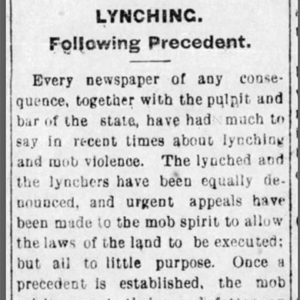 Willis Sees Lynching Article
Willis Sees Lynching Article
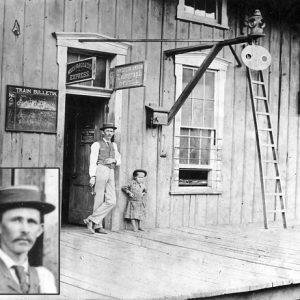 Segregated Waiting Room
Segregated Waiting Room
 Semmes Law Firm
Semmes Law Firm
Semmes, Samuel Spencer
Separate Coach Law of 1891
Sevier County Lynching of 1881
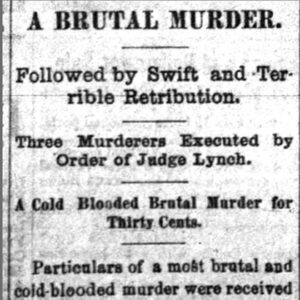 Sevier County Lynching Article
Sevier County Lynching Article
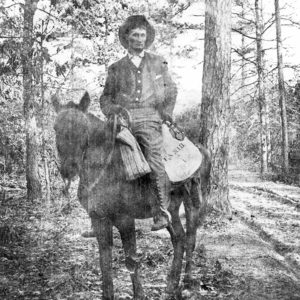 Sevier County Mail
Sevier County Mail
Shady Grove Delmar Church and School
 Ephraim Sharp
Ephraim Sharp
Sharp, Ephraim [of Fulton County]
Sharp, William (Murder of)
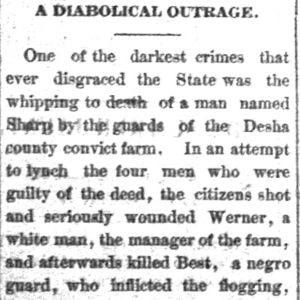 William Sharp Murder Story
William Sharp Murder Story
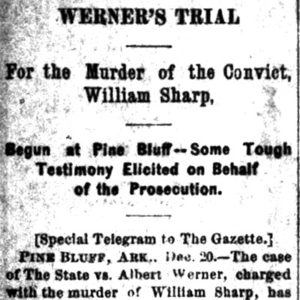 William Sharp Murder Story
William Sharp Murder Story
 James F. Shaw
James F. Shaw
Shepperson, Carrie Lena Fambro Still
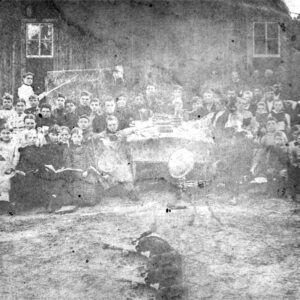 Shoal Creek School
Shoal Creek School
Silver Mining
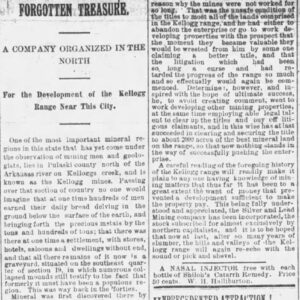 Silver Mining at Kelloggs Creek Article
Silver Mining at Kelloggs Creek Article
Simpson, Louis (Reported Lynching of)
 Sisters at Holy Angels Convent
Sisters at Holy Angels Convent
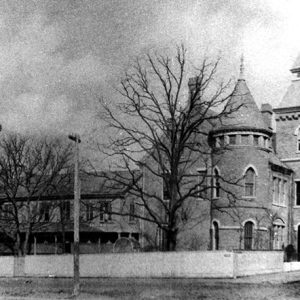 Sisters of Mercy Convent and Mount St. Mary Academy
Sisters of Mercy Convent and Mount St. Mary Academy
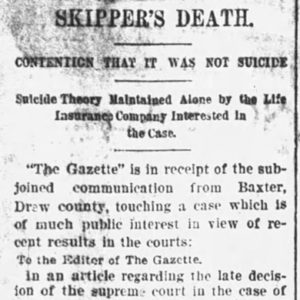 William Skipper Article
William Skipper Article
Skipper v. Union Central Life Insurance Company
aka: William Franklin Skipper (Murder of)
aka: Monticello Lynching of 1898
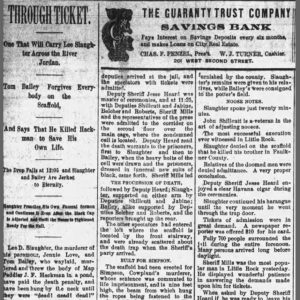 Slaughter and Bailey Execution Story
Slaughter and Bailey Execution Story
Slemons, William Ferguson
 William Slemons
William Slemons




